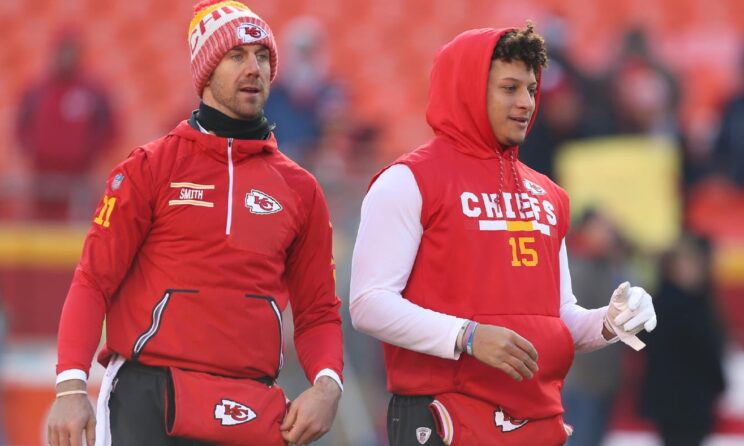
As most people following the NFL know by now, this is a passing league. For the most part, teams’ fortunes rise and fall on the strength of the quarterback play, and the best teams tend to be led by the best quarterbacks.
Because that’s the case, it’s important to put those players in as good a position as possible to succeed. A couple weeks ago, we examined the impact that having an offensive- or defensive-leaning head coach can have on a young quarterback. Today, we’re going to take a look at the timing of when the player actually steps into the lineup.
Between 2000 and 2019, there were been 91 quarterbacks that entered the league and become a team’s full-time starter at some point. (That’s an average of around 4.5 per year.) It may have happened right away, or it may have happened a few weeks or even years down the line. It may have happened with the team that drafted them or it may have happened with another team entirely. But at one point or another, they all got a shot to prove themselves.
But how much does it matter exactly when that shot came? That’s what we set out to determine.
Of the aforementioned 91 quarterbacks, just 29 of them started under center in Week 1 of their rookie season. An additional 21 took over the reins at some point within the first eight games of that season, while 14 more grabbed them in the back half of their rookie year. That’s 64 of the 91 passers who became the full-time starter during their initial season. Of the remaining 27 players, 16 took the job at some point in Year 2, three took it in Year 3, and eight had to wait until Year 4 of their career or later.
Here’s the breakdown:
Now, the circumstances these players stepped into ranged wildly. In some cases, the way they assumed the starting job was not actually the plan their team had for them.
Dak Prescott, for example, was drafted as a developmental quarterback behind Tony Romo. He…
..






